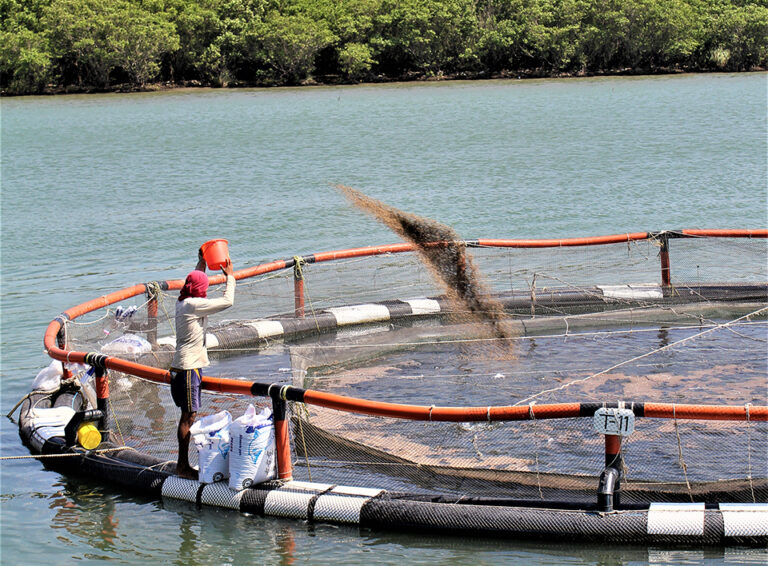
Responsibility
A low feed conversion ratio is the primary indicator of efficient aquaculture
Prof. Boyd examines the feed conversion ratio and the advantages of reducing it, including less waste, better water quality and lower oxygen demand.
Responsibility
El Prof. Boyd examina la tasa de conversión alimenticia y las ventajas de reducirla, incluyendo menos desperdicio, mejor calidad del agua y menor demanda de oxígeno.

Responsibility
Prof. Boyd examines the feed conversion ratio and the advantages of reducing it, including less waste, better water quality and lower oxygen demand.
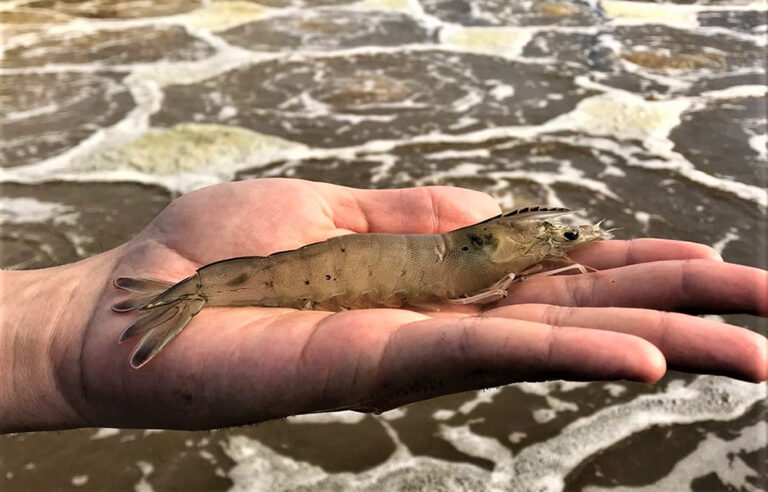
Health & Welfare
Esta investigación muestra la promesa de mejorar los protocolos de alimentación de camarones en sistemas de biofloc, especialmente en regiones con fluctuaciones significativas de la temperatura del agua.
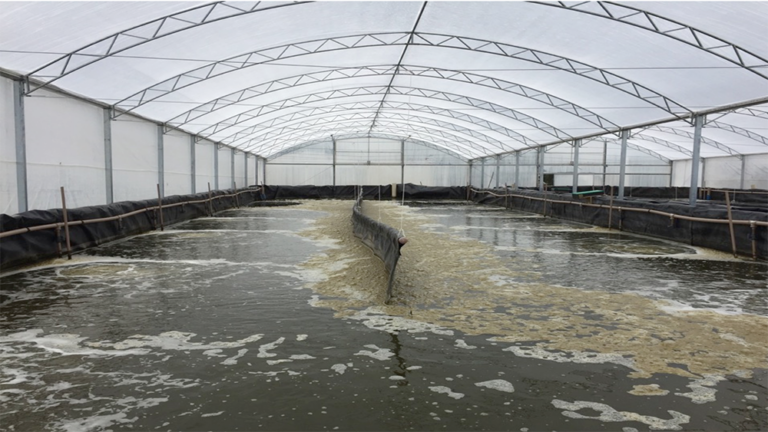
Health & Welfare
Research shows promise to improve shrimp feeding protocols in biofloc systems, especially in regions with significant water temperature fluctuations.
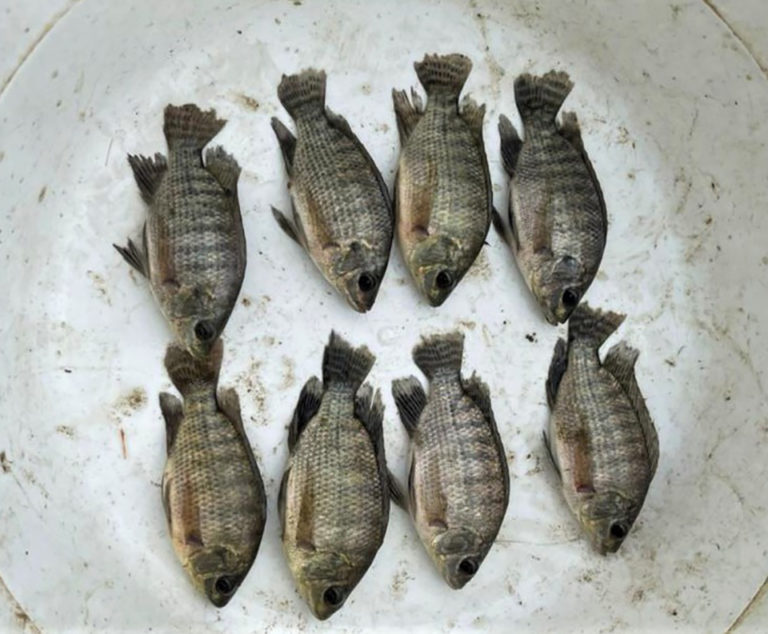
Aquafeeds
Inclusion of yeast-fermented poultry byproduct meal in Nile tilapia diets, at rates ranging from 11 to 25 percent, improved fish growth and health.
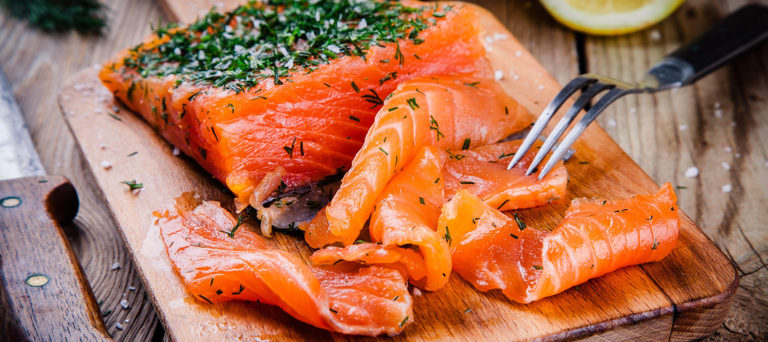
Aquafeeds
The latest Fish In:Fish Out (FIFO) ratios calculated by IFFO – The Marine Ingredients Organisation shows that every kilogram of wild fish utilized in aquafeeds results in a total of 4.55 kilos of farmed fish produced.
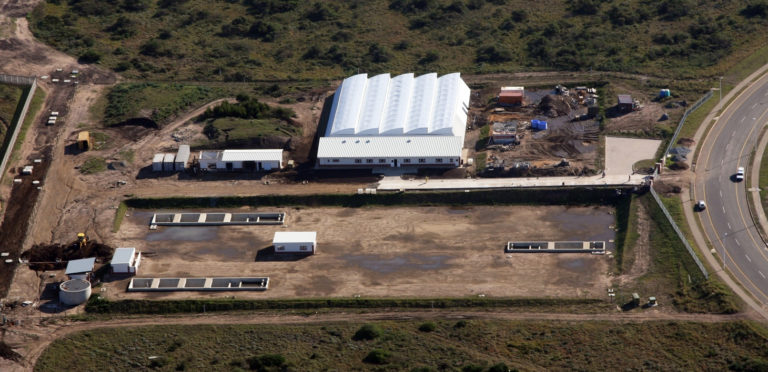
Innovation & Investment
South Africa’s marine fish farming industry burned many investors, but the operational experiences aided productivity in intensive aquaculture systems, especially land-based RAS. The time to invest is now.
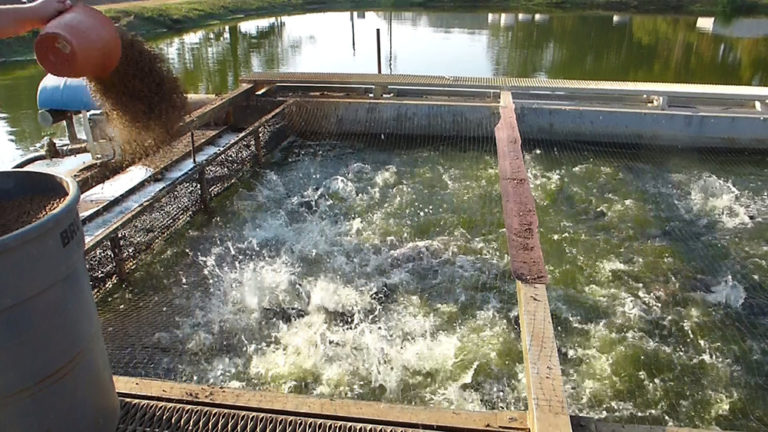
Responsibility
In-Pond Raceway System technology, developed at Auburn University, continues to evolve with improvements in design, construction and more efficient operation.
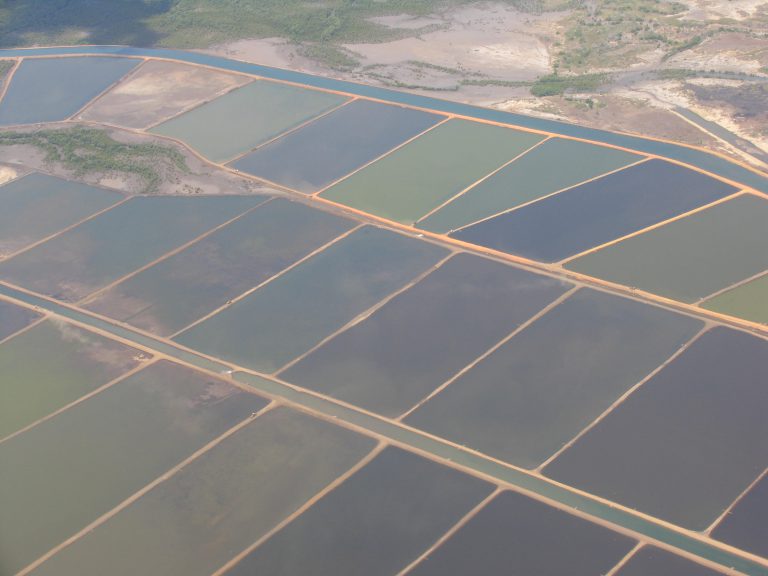
Responsibility
Certification programs presently are the best tool to assure that aquaculture products are responsibly produced. But these programs can be burdened by many superfluous requirements and their simplification by focusing primarily on the major issues would be a great improvement.
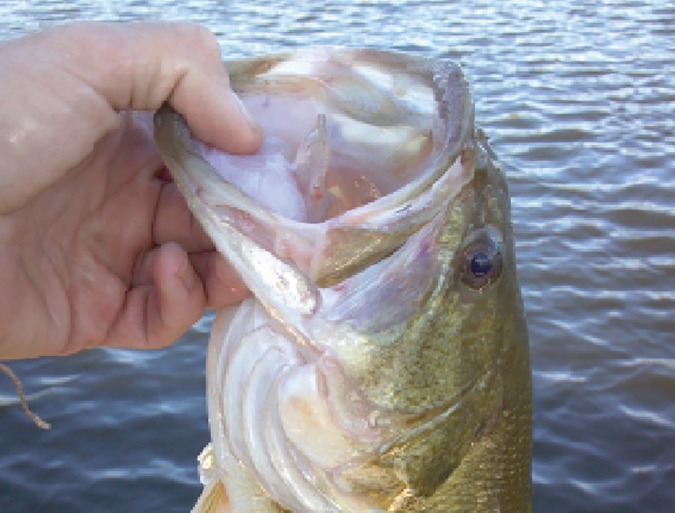
Health & Welfare
The production period for largemouth bass in ponds hampers the economic feasibility of pond culture in the United States. A study demonstrated that bass fingerlings could be raised at high densities in a semi-closed recirculating system without serious mortality, size variability or growth retardation.
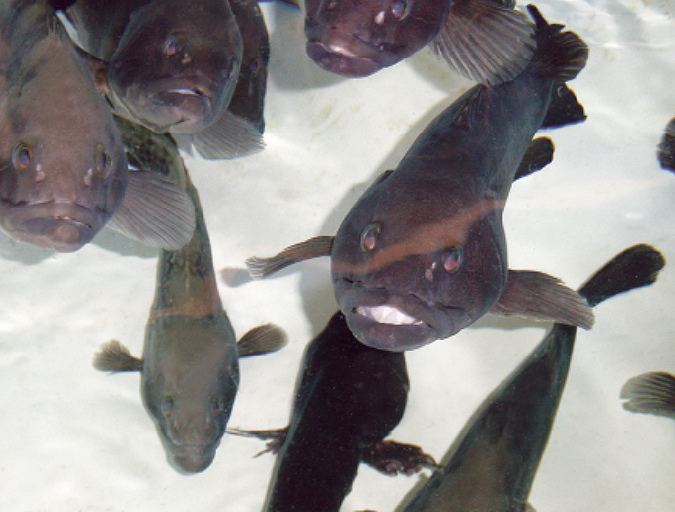
Aquafeeds
A growth trial using hatchery-reared grouper was carried out to study the effects of stocking density on feed intake and subsequent growth. Contrary to common perceptions, fish stocked at the highest density had higher feed intake and body weights.
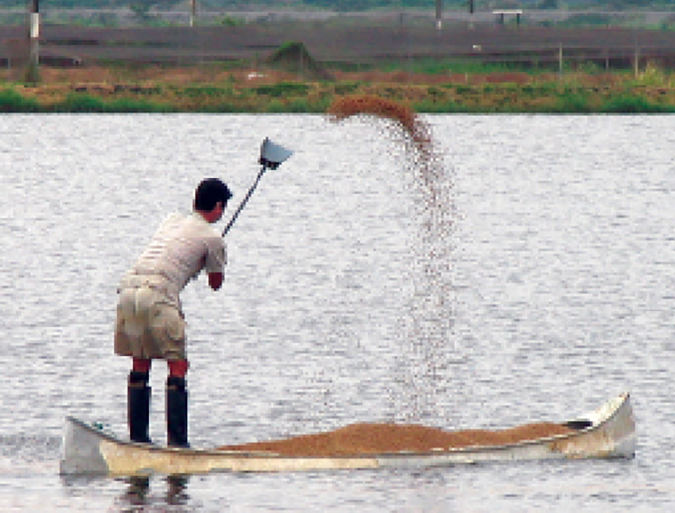
Aquafeeds
Uneaten or undigested feed and their metabolic byproducts contribute to declines of water quality in aquaculture systems. Accordingly, feed and feeding techniques require continuous review. Reducing overfeeding is an important opportunity for improving feed conversion ratios.

Health & Welfare
Vietnam Organic applied an enzymatic hydrolysis process on shrimp head waste to produce a shrimp soluble extract (SSE) feed attractant that contains a mixture of free amino acids and peptide.
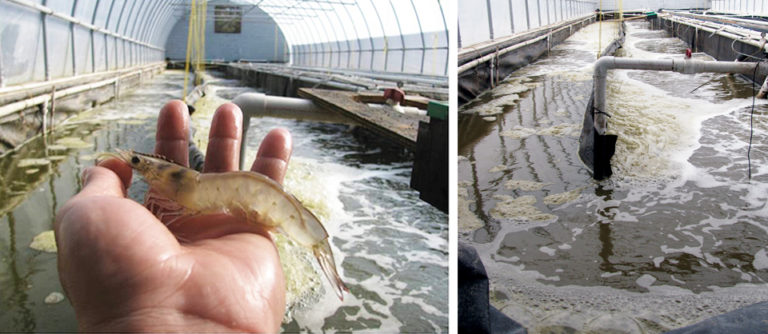
Health & Welfare
A trial in a lined, greenhouse-enclosed raceway evaluated the use of a heterotrophic biofloc system equipped with aeration, supplemental oxygen injection and centralized heating to achieve good shrimp production.
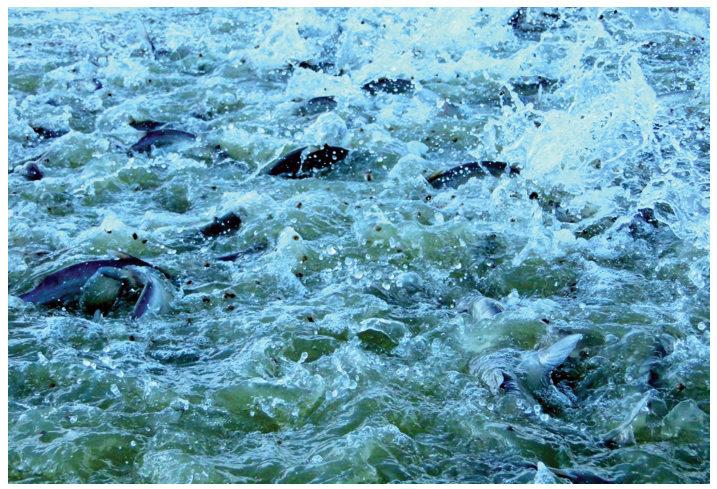
Health & Welfare
Studies by the author demonstrated that until morning D.O. concentrations fell below 3.0 mg/L, feed consumption of channel catfish was not affected.
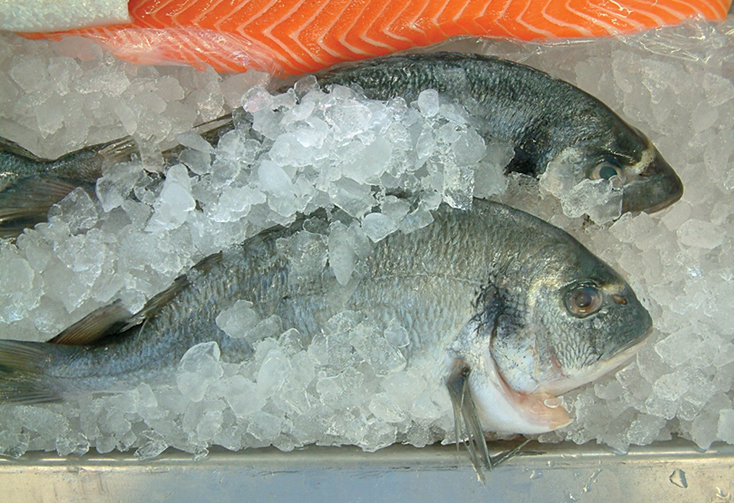
Responsibility
Life cycle assessment studies the environmental and other potential impacts throughout a product’s life, starting at raw material and following it through production, use and disposal.